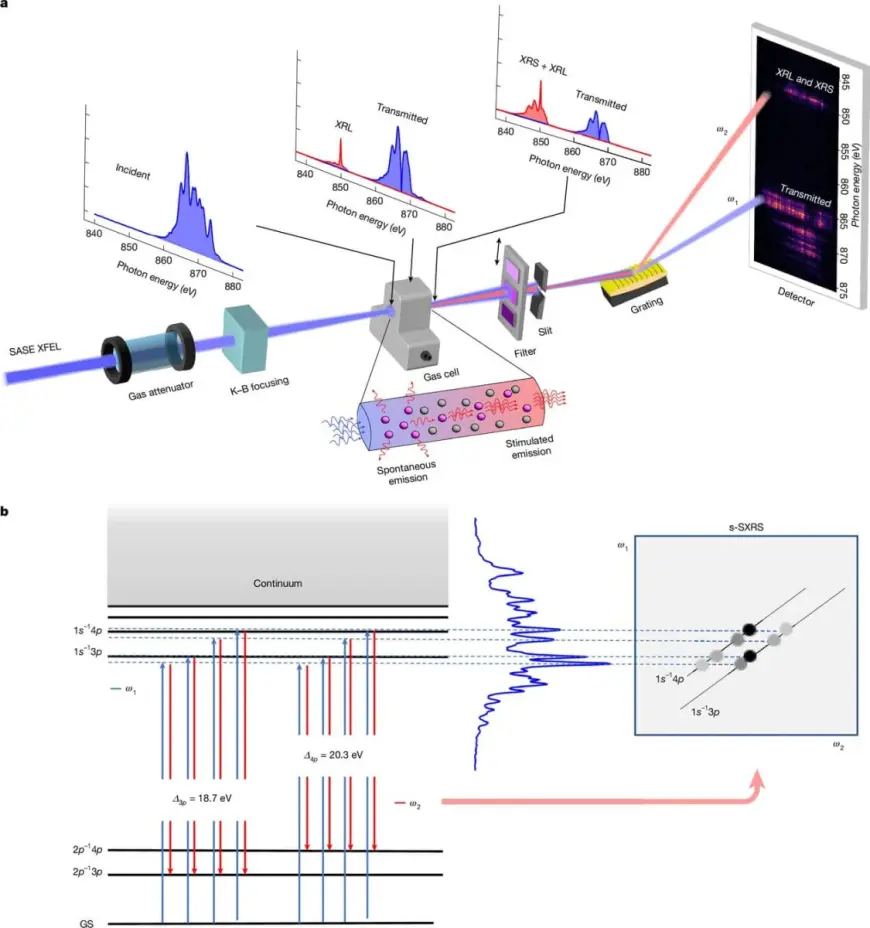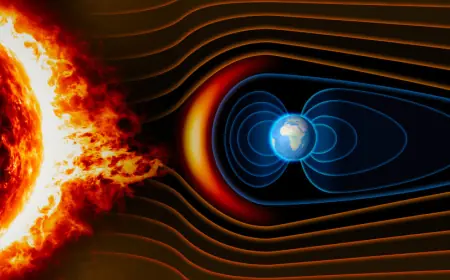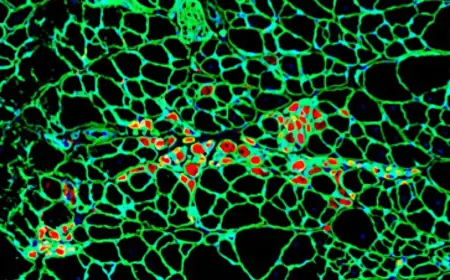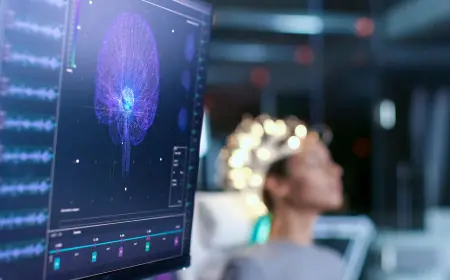A New X-Ray Method Allows Scientists to See Electron Motion for the First Time
Until recently, observing electron dynamics at the molecular level with high precision was a challenge that neither physicists nor chemists could overcome. Electrons in an excited state move at extremely high speeds, making them blurry or invisible to traditional observation methods. However, an international team of scientists has now achieved unprecedented resolution in tracking electron behavior using a new approach in X-ray spectroscopy.

This breakthrough was made possible thanks to the European X-ray Free Electron Laser (XFEL), located in Germany — one of the most powerful facilities of its kind in the world, known for its high energy and brightness. While conventional optical microscopes are limited by the wavelength of visible light and cannot resolve structures smaller than that, X-ray wavelengths are much shorter, allowing scientists to observe matter at the atomic scale.
Using this facility, the researchers tested a new technique called stochastic stimulated X-ray Raman scattering (s-SXRS). In the experiment, XFEL’s X-ray pulses were directed at a chamber filled with neon gas. As the pulses passed through the gas, they triggered Raman-type (scattered) light signals in the neon atoms. These signals were amplified nearly a billion times and then passed through a grating spectrometer, which separated them by wavelength.
By using 18,000 individual X-ray pulses, the researchers achieved an energy resolution better than 0.2 electronvolts — surpassing previous instrumental limits. This enabled them to observe electron distribution and behavior around atomic centers with extraordinary detail. The level of precision is comparable to that of super-resolution fluorescence microscopy, for which the Nobel Prize in Chemistry was awarded in 2014.
The new method not only improves the resolution of X-ray spectroscopy but also allows scientists to track the real-time motion of electrons. The extremely short X-ray pulses, lasting less than one femtosecond, open a new window into understanding the dynamics of complex chemical reactions. This could lead to significant advancements in materials science and nanotechnology.



























